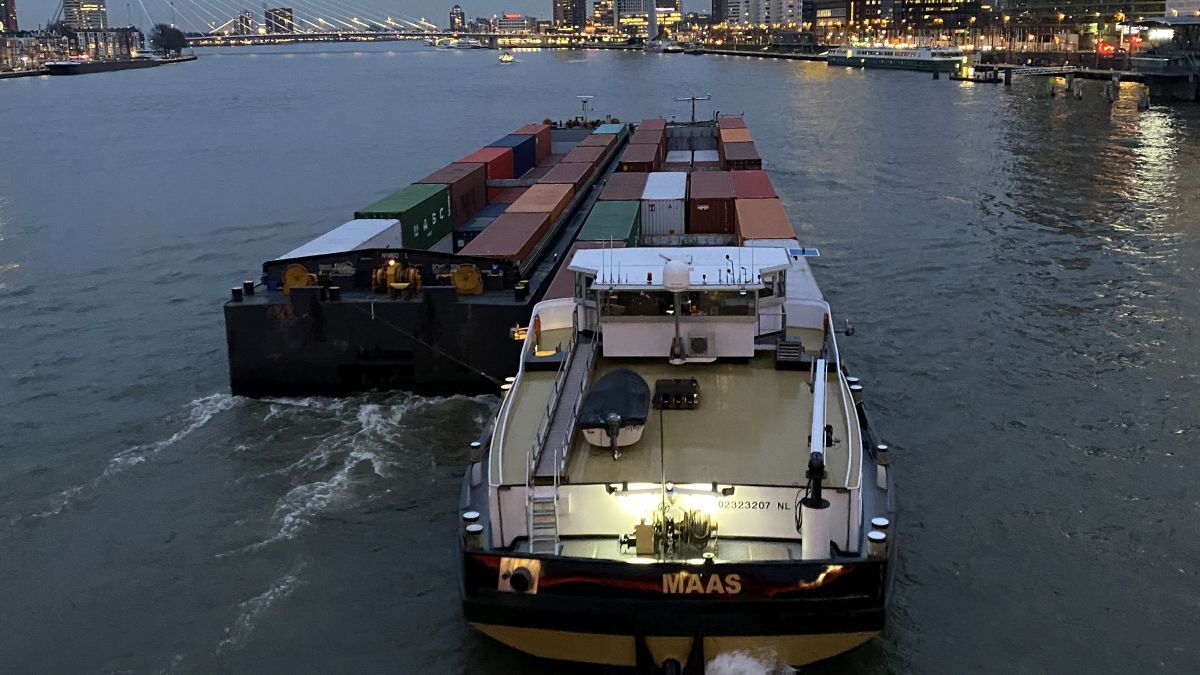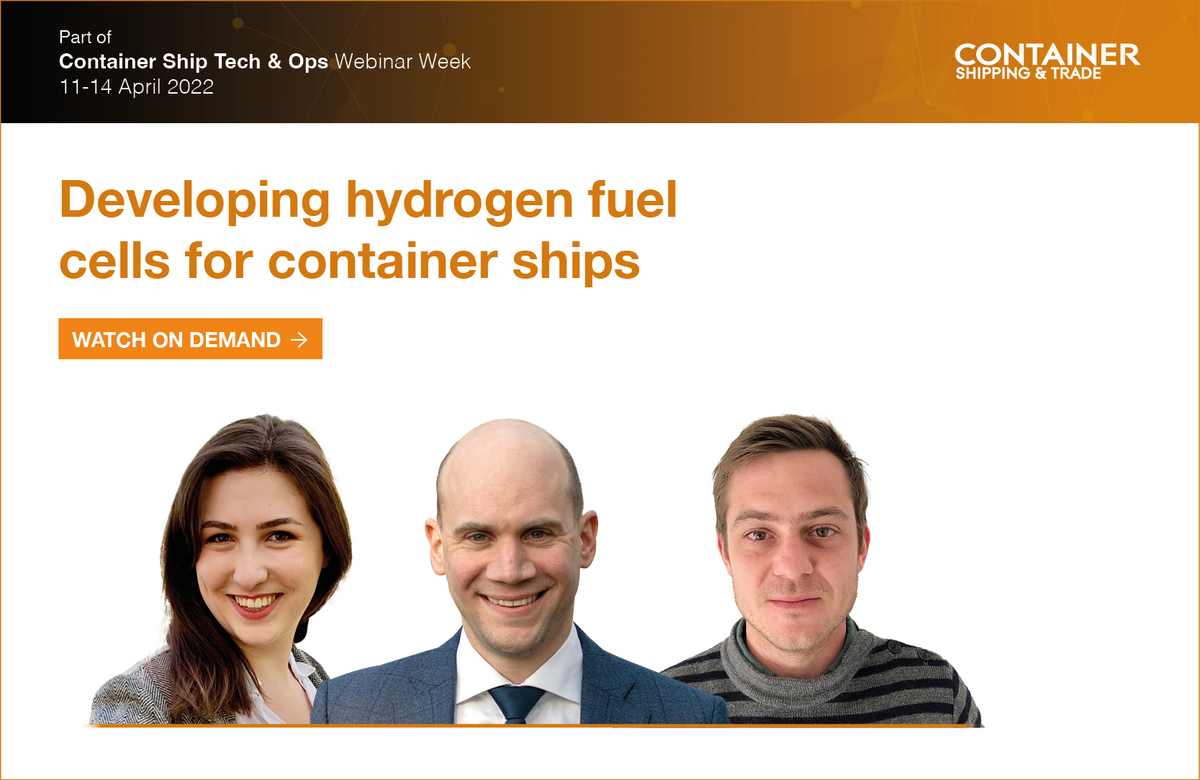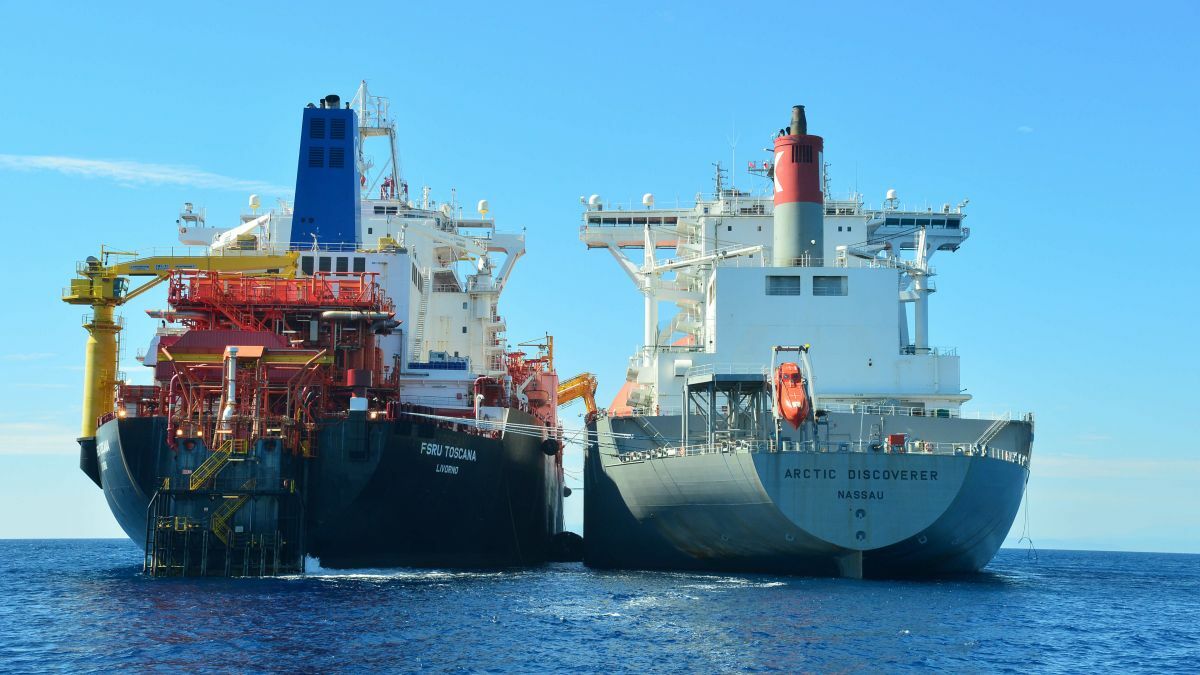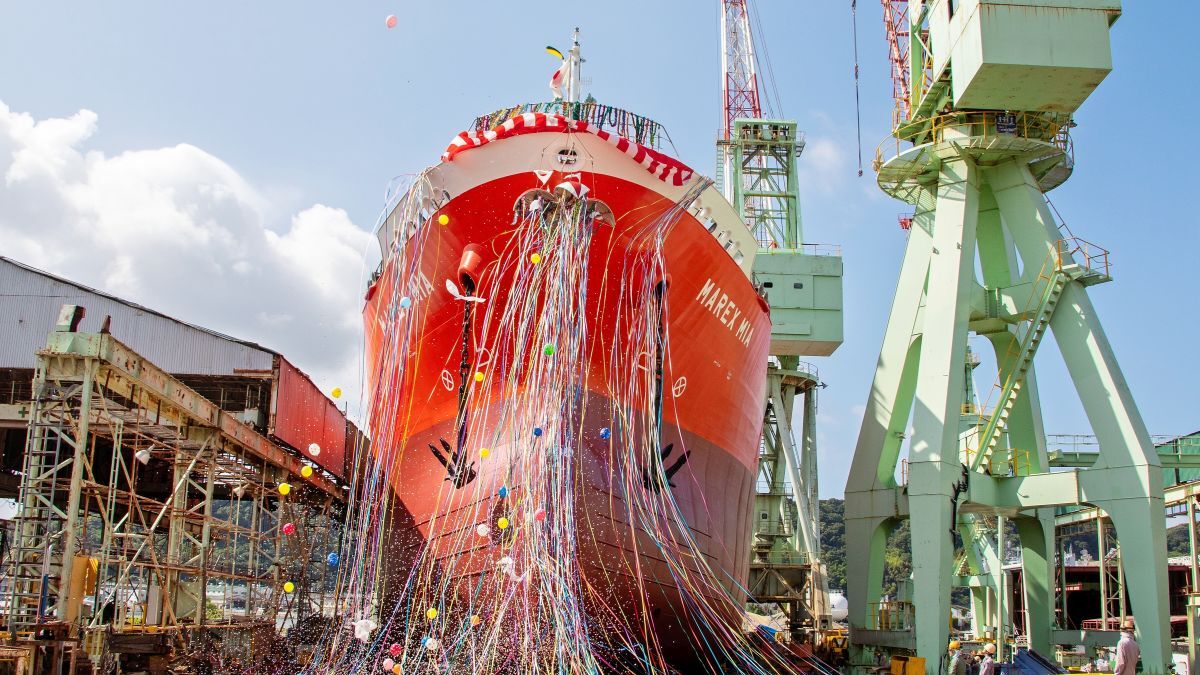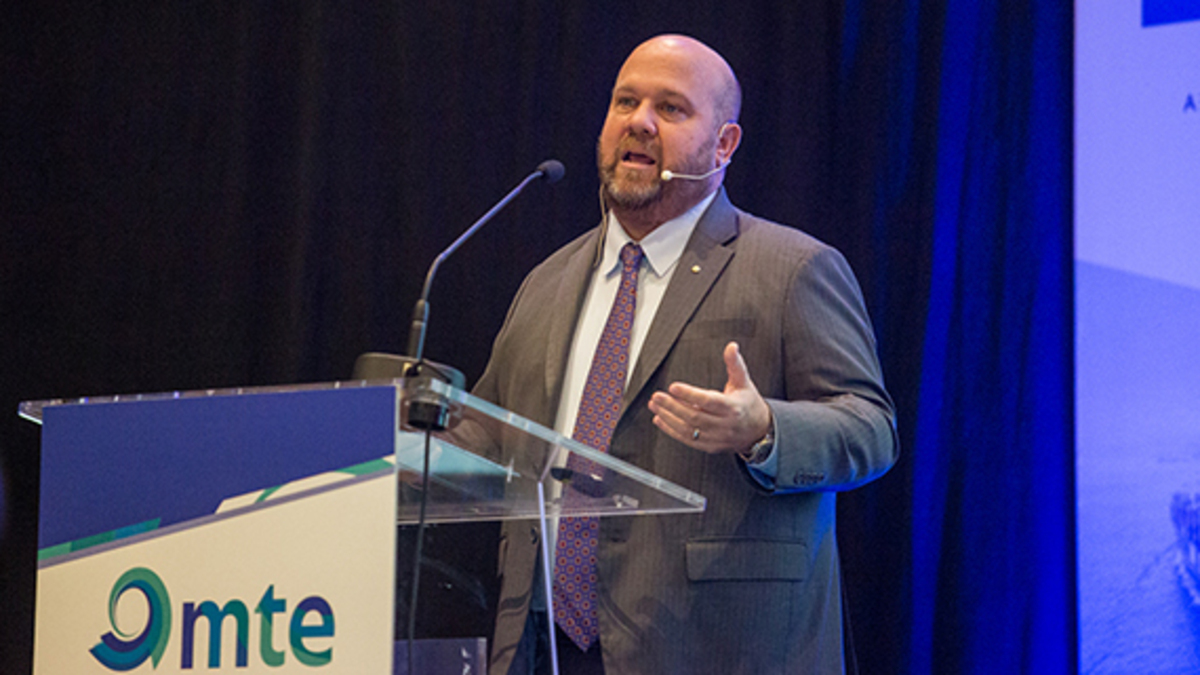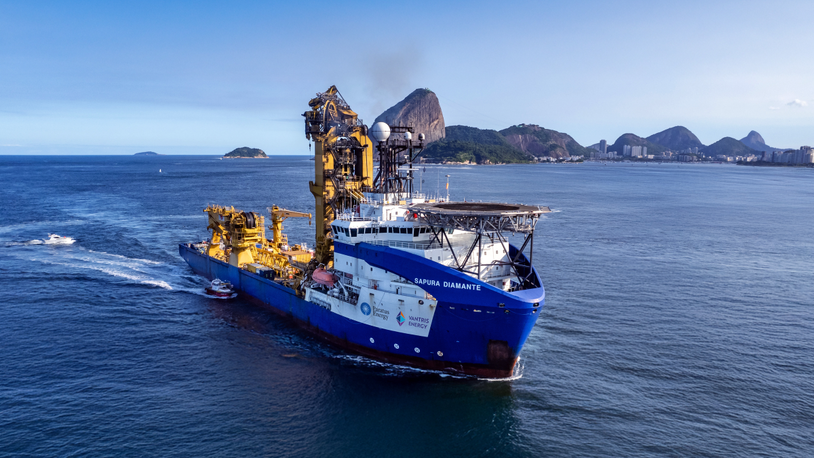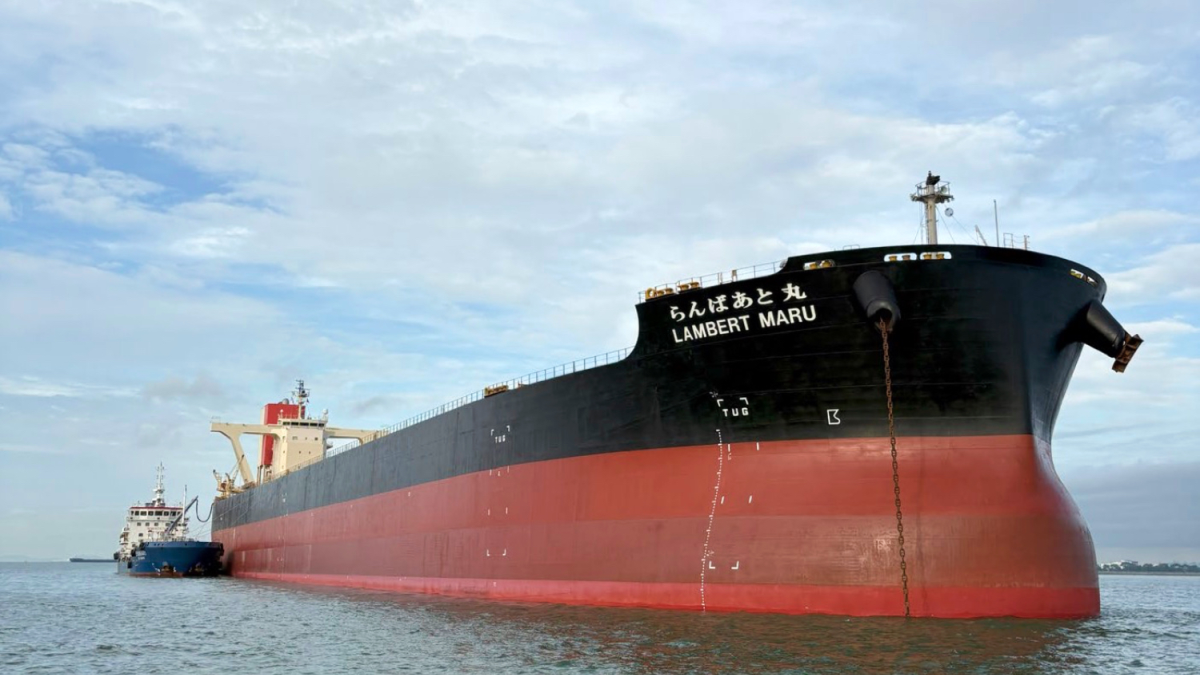Business Sectors
Contents
Hydrogen makes inroads in container ship sector
Many container ships will be eligible for hydrogen fuel cells - and the time to make it happen is now
These was discussed during Riviera Maritime Media’s Developing hydrogen fuel cells for container ships webinar, part of Container Ship Tech & Ops week.
Panellists included ICCT marine team associate researcher Elise Georgeff, Nedstack Fuel Cell Technology application manager maritime Jogchum Bruinsma and LMG Marin France hydrogen system engineer Martin Camus.
Ms Georgeff looked at the transpacific container ship corridor for her presentation. She explained, “We model a ship route’s energy demands and compare them to the engineroom’s capacity to hold hydrogen fuel cells - then estimate if the routes are feasible with the liquid hydrogen (LH2) the ship can store on board. If not feasible, we investigate options to increase attainment, like including an extra refuelling location.”
The aim of the study, she said, was for ports to see what they need to prepare for in terms of hydrogen for the future, and to describe what infrastructure ports need for hydrogen refuelling.
The study looked at average weekly and highest weekly demands and concluded that for one year, there was a Pacific-wide demand of 700,000 tonnes for container ships, and that the Aleutian Islands of Alaska were strategically important for hydrogen refuelling, allowing for 171 additional voyages.
Ms Georgeff summed up, “It is a first glimpse of what ports can expect when hydrogen becomes more mainstream.”
Mr Bruinsma said the technology for hydrogen fuel cells is “already there and mature and can be integrated in shipping.”
Nedstack has been in the industry for more than 20 years and makes and develops fuel-cell technology. It is working on fuel-cell systems for maritime. Explaining the factors to be considered when using hydrogen in a container ship, he said, “Fuel-cell systems produce electric power and can be integrated in any grid or ship, but there are three important points. If you put fuel cells in container ships, you must minimise energy use, as if less is used, the ship carries less so it makes this alternative more attractive.”
The second point, he said, was to maximise energy efficiency, like optimising the propeller using air foils or wind.
The third point is to optimise the routeing and operations so the ship is completely zero emissions.
Mr Bruinsma added, “From a technical point of view, we [shipping sector] solve problems because we don’t have the luxury to talk about it for many hours - we solve it, and we manage the technology integration issues but we have to do it together. We can achieve our global warming reduction goals; the insight is there. Hydrogen may be at heart of decarbonisation, it is already happening with Maas, which is running on fuel cells.”
Future Proof Shipping has retrofitted its inland container vessel Maas to run on 100% hydrogen.
Mr Camus explained how a hydrogen hybrid-powered dredger system, where the hydrogen storage is in containers, could be transferred to a container ship. Useful points which are suitable for the profile of a container ship include: containerised fuel cell and H2 storage on open deck; specific integration without impacting the vessel’s construction; plug and play; swapping for onshore refill; vessel interfaces and a hydrogen supplier that is developing containerised solution and delivery.
Flagships, which LMG Marin is part of, is working on an inland container compressed hydrogen barge project. Mr Camus said, “Inland container barge transport for the last kilometre is where use of hydrogen is very suitable.”
LMG Marin is also part of a consortium working on Energy Observer 2, a zero-emissions cargo vessel, with capacity for 240 TEU, and which is planned for shortsea shipping and requires scale up for hydrogen.
It is LH2-powered and has 70 tonnes LH2 capacity for approximately 4-MW fuel cell power supply. It also has four wing sails.
Highlighted points include it is suitable for shortsea shipping, it has large liquid hydrogen capacity, cargo capacity is increased, it has a fuel cell high power range and is refuelled by bunkering.
Looking at the operational profile for a fuel cell-powered container ship, specifically for a short trip hybrid feeder, Mr Camus’ presentation highlighted points including: chartered speed: 17 knots; short trip of 1,000 nautical miles; fuel cell power of approximately 9 MW; hydrogen consumption: approximately 66 kg/MWh; required hydrogen capacity: approximately 34 tonnes; storage liquid capacity: 580 m3 (density 1 bar: 70 kg/m3); large footprint required on board for hydrogen storage and fuel cell.
Mr Camus said hydrogen would be suitable for an increasing number of container ships due to constant manufacturer updates and the optimisation of storage capacity and fuel cell efficiency.
In key takeaways, Ms Georgeff said, “Collaboration is how to close gaps in hydrogen and a zero-emissions future.”
While Mr Bruinsma said, “40% of container ships without modification would be eligible for hydrogen fuel cells which is very encouraging, and the technology and components are there.”
He added, “We have to collaborate with fuel-cell manufacturers, shipyards, system integrators, resrch institutes and owners, we can make it happen.”
Mr Camus said, “It is a reality and being done very quickly. We are happy to see the development of liquid hydrogen and encourage owners to invest in liquid hydrogen and terminals to offer bunkering facilities.”
Webinar poll results
Knowledge and mastery of LNG-powered vessels will facilitate the integration and operation of hydrogen fuel-cell-powered vessels
Agree: 77%
Disagree: 23%
According to which vector is hydrogen storage the most suitable for the propulsion of a container ship?
Compressed hydrogen: 18%
Ammonia tank: 46%
Methane tank: 18%
Liquid hydrogen tank: 18%
How likely is hydrogen to be used as fuel for shortsea and worldwide navigation vessels?
Very likely: 13%
Likely: 40%
Not likely: 27%
Very unlikely: 20%
Three years from now, the biggest challenge for hydrogen as a fuel for container ships will be...
Hydrogen availability: 47%
Rules and regulations: 6%
Maturity of technology: 35%
Willingness to make necessary changes: 12%
The shipping sector can solve all issues arising from our obligation to meet climate goals
Yes: 54%
No: 46%
Today’s box prices indicate consumers are willing to pay more for transport, so a premium for clean shipping is not an issue
Agree: 25%
Disagree: 75%
Source: Riviera Maritime Media
Related to this Story
Events
LNG Shipping & Terminals Conference 2025
Vessel Optimisation Webinar Week
Marine Coatings Webinar Week
© 2024 Riviera Maritime Media Ltd.


